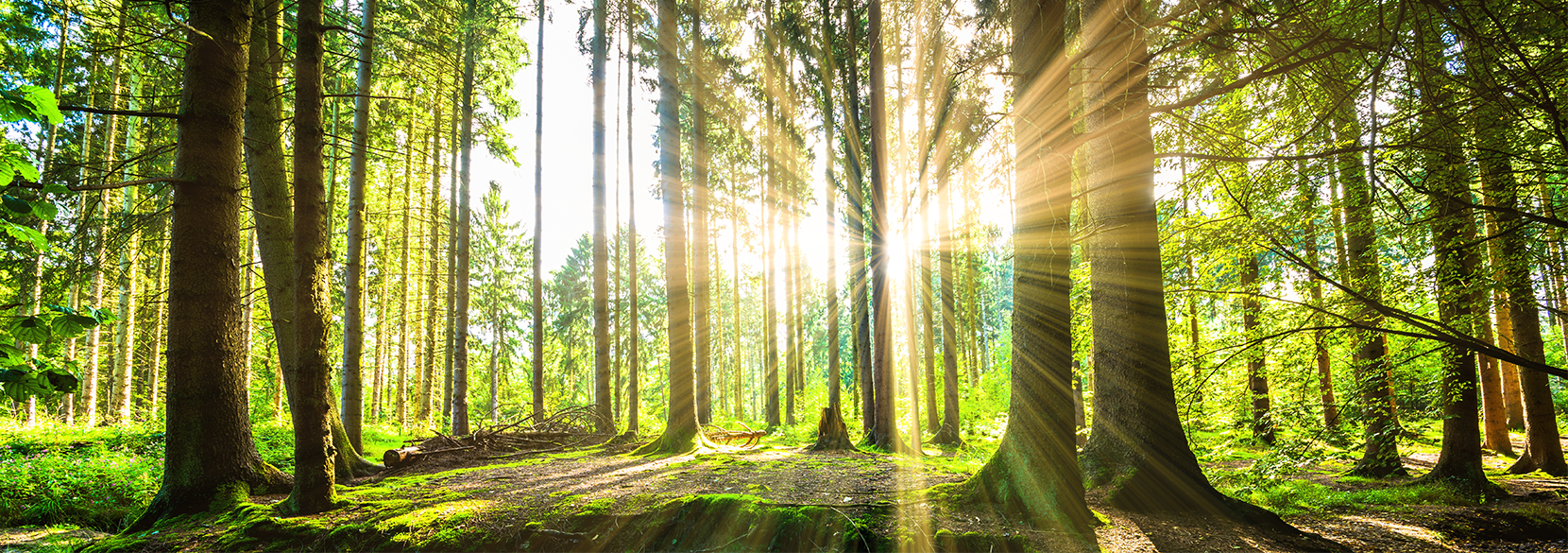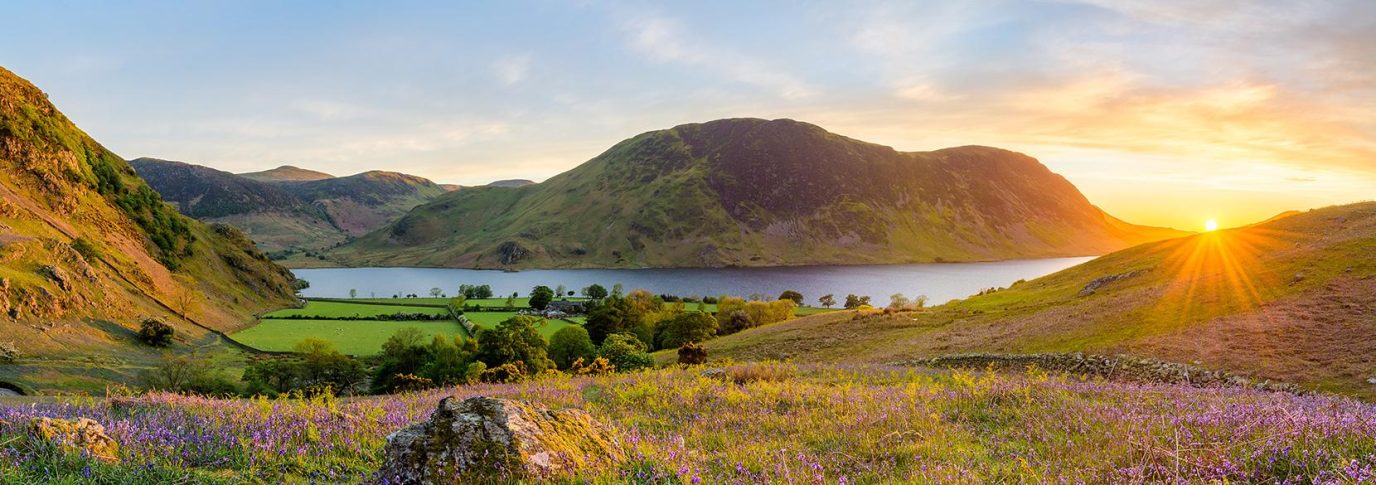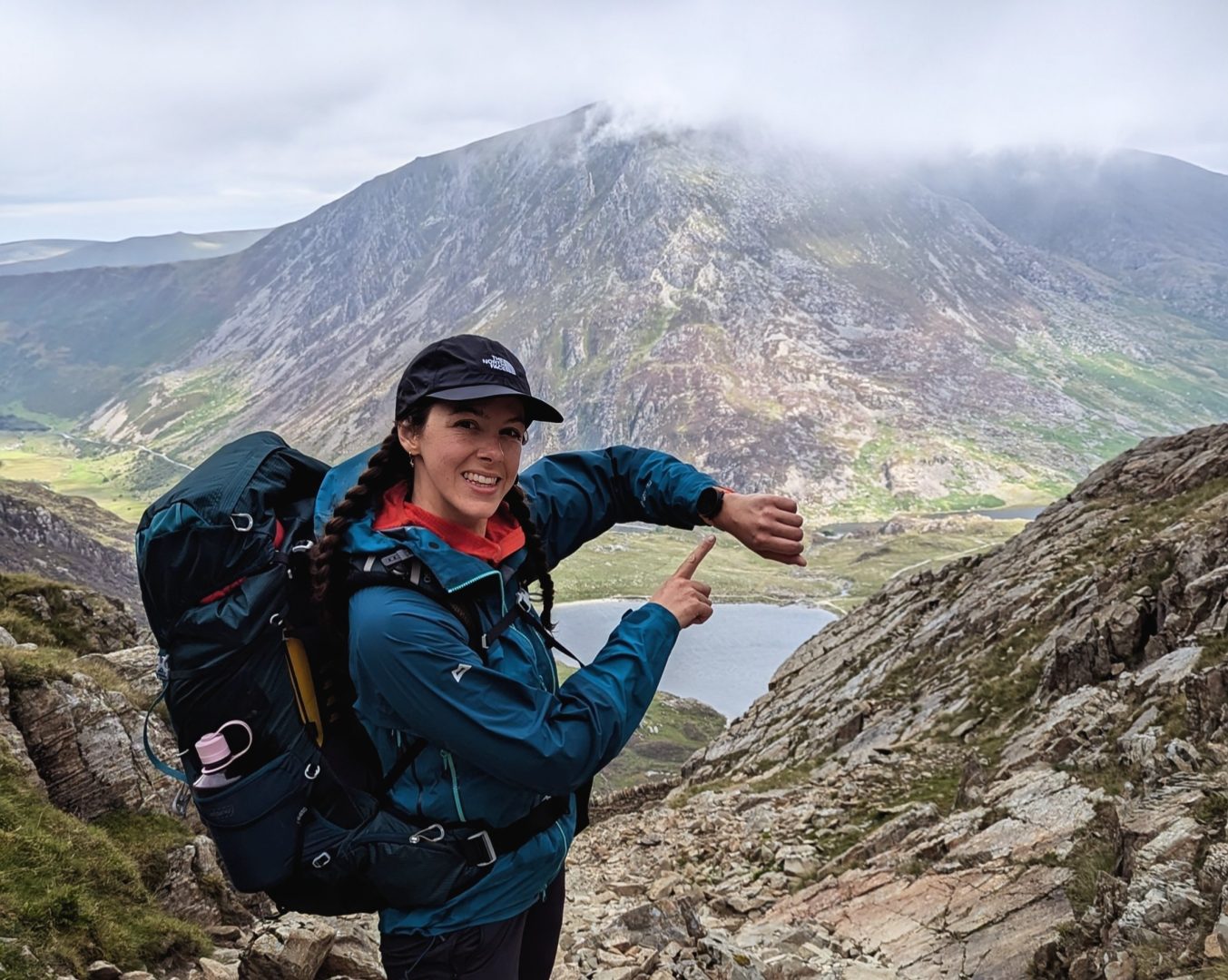We’ve teamed up with the national charity Sense to support their work on a programme of sensory walks. Find out how you can better connect with nature and get the most from your next walk.
Sight, sound, smell, and touch. Our senses help connect us to the world around us, but have you ever considered how you could weave them into your time outdoors?
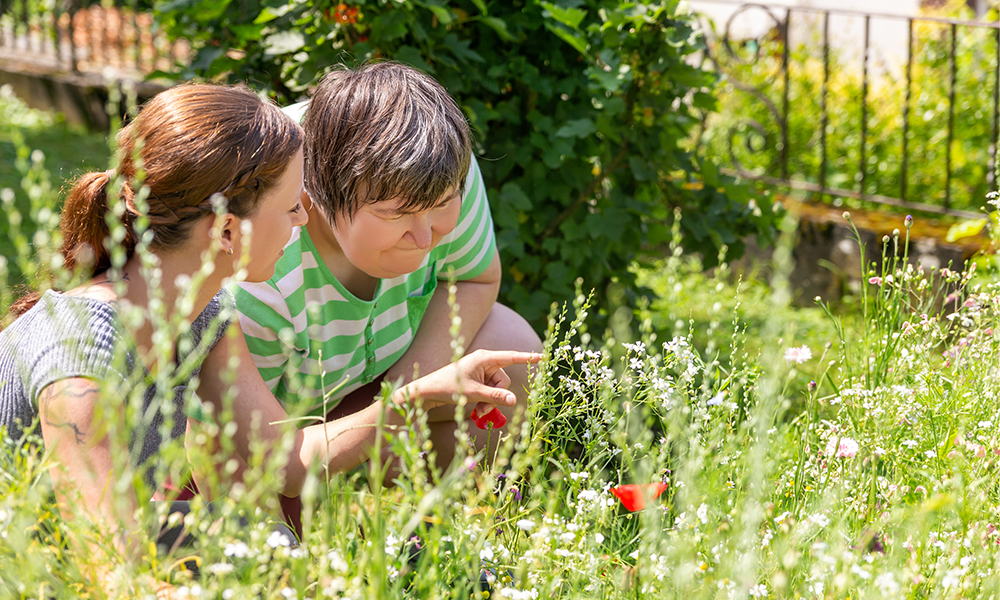
What is a sensory walk?
Sense help people across the UK with complex disabilities and their latest initiative presents a selection of sensory walks which can be enjoyed by everyone. Sensory walks are an amazing way to help people connect with nature and make the great outdoors more accessible.
They can be enjoyed by people of all ages and abilities and they’re a way to help people with disabilities get outside and be active. Sensory walks don’t have to be long or reach a specific destination, you can awaken your senses on a walk to the shops or around your local park.
“For people with complex disabilities, sensory walks provide an opportunity to engage with the outdoors in ways that are innovative and meaningful, at the same time as supporting people to be active.” Alissa Ayling – Head of Sport & Physical Activity, Sense.”

The importance of mindfulness
Incorporating mindfulness into any walk will help you notice and appreciate the environment around you. Try finding a mindful state by heading to a quiet and settled place. Have a think about how you feel.
Focus on one thing intently, the look or touch of an object or a particular sound, and try some breathing exercises, inhaling deeply and slowly. Finally, relax. Find more information on mindfulness in Sense’s Sensory Toolkit.

Find a suitable route
As with any walk, if you do a little planning, you’re likely to have a better experience. Before stepping out on a sensory walk, have a think about what length and time you want to be out for. Choose a route that will build in interesting waypoints where you can engage your senses and consider the hazards you might face that may impact yourself or someone you’re with.
To help make planning a sensory walk easier, and as part of our work with Sense, we are hosting a range of sensory walks on OS Maps. These include an accessible route, a description of each walk plus sensory highlights for you to watch out for.

Top tips on how to have a sensory walk
Here are some quick pointers to help you connect with nature on your next walk
- Touch -feel how the gentle breeze might run across your skin, can you tell which way the wind is coming from by feel alone? How does the terrain change beneath your feet when walking?
- Sight – colours and light alter nature around us on the walk. How many different colours can you see? Why not make up your own sensory nature hunt before you head out, can you spot five different coloured objects?
- Smell – breathe in deeply. What can you smell? If you are in woodland, can you smell the scent of wild garlic in spring, or damp leaves in autumn?
- Sound – are there different sounds around you at certain points on your route? Can you hear the birds chirping or the footsteps of other walkers? Can you guess how far away they are by sound?
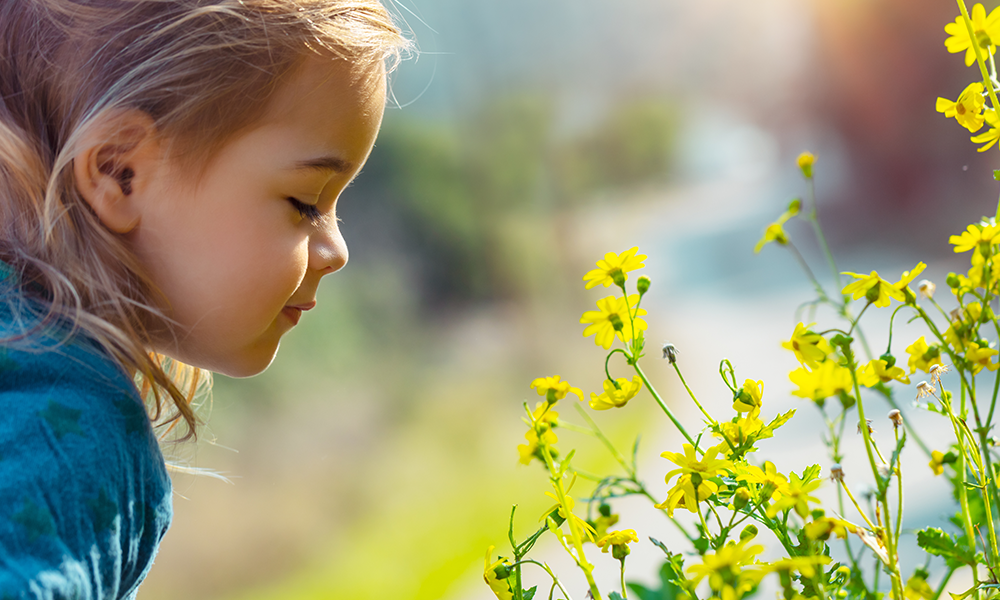
You can learn more about the work of Sense or their Sensory Walks Programme, including all the routes hosted in OS Maps, on sense.org.uk
Sense are a national charity for everyone living with complex disabilities and for everyone who is deafblind. Sense is here to help people communicate and experience the world.
